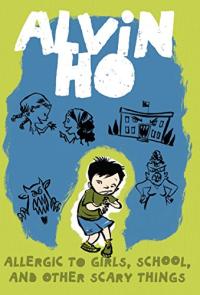Key Information
Focus
When To Use This Strategy
Appropriate Group Size
Why use a reading guide?
- It can be developed for a variety of reading material and reading levels.
- It helps guide students through what they are about to read, and helps students monitor their comprehension while reading.
- It helps students to follow the main points of the reading and understand the organization of a text.
- It helps readers to think actively as they read and have a purpose for reading.
How to use reading guides
- The teacher determines the major ideas from a book or an assigned reading and considers each student’s knowledge related to the concepts.
- Teachers then write questions or statements designed to guide readers through the major ideas and supporting details of the text. Guides may be phrased as statements or as questions.
- Teachers begin the procedure by introducing the assigned book, discussing the main ideas, and new vocabulary.
- Teachers then discuss the statements or ask the questions on the Reading Guide.
- Teachers may read the selection aloud or students read the assigned text as teachers monitor reading.
- Teachers and students work together to respond to statements or questions on the reading guides during the reading process. Teachers should monitor and support students as they work.
Note: As students gain proficiency at completing reading guides, they may design their own guides and provide support for one another.
Collect resources
The following is a list of sample items that teachers might include on a Reading Guide:
- What do you think this book is about?
- What/Who were the characters, places, and events that took place?
- What happened in the story?
- Why did the author write this book?
- The author discusses the differences between ____ and ____ .
- The main idea of this book is…
- What new information have you learned from the book?
Differentiated instruction
For second language learners, students of varying reading skill, and younger learners
- Vary the difficulty of questions on the reading guide. For some students, include more questions about implicit information. For less experienced students, begin by providing more questions featuring explicit information.
- If the child cannot read at all or has extremely poor reading, allow the child access to the book or reading material via recording, having someone read it to them, or digital speech. Remember, written speech is different than spoken speech. The child profits from practicing the comprehension of spoken speech
- If the student has trouble with working memory, teach them to take notes on post it notes in the book, so they can refer back.
See the research that supports this strategy
Adler, C.R. (Ed). 2001. Put Reading First: The Research Building Blocks for Teaching Children to Read , pp. 49-54. National Institute for Literacy.
Council for Exceptional Children, the Division for Learning Disabilities (DLD) and the Division for Research (DR). Reading Comprehension Instruction.
Pressley, M. (2000). Comprehension Instruction: What Works.
Tracey, D. H., & Morrow, L. M. (2002). Preparing young learners for successful reading comprehension. In C. C. Block & M. Pressley (Eds.), Comprehension instruction: Research-based best practices (pp. 219-233). New York: Guilford Press.
Children’s books to use with this strategy

Gooney Bird Greene

